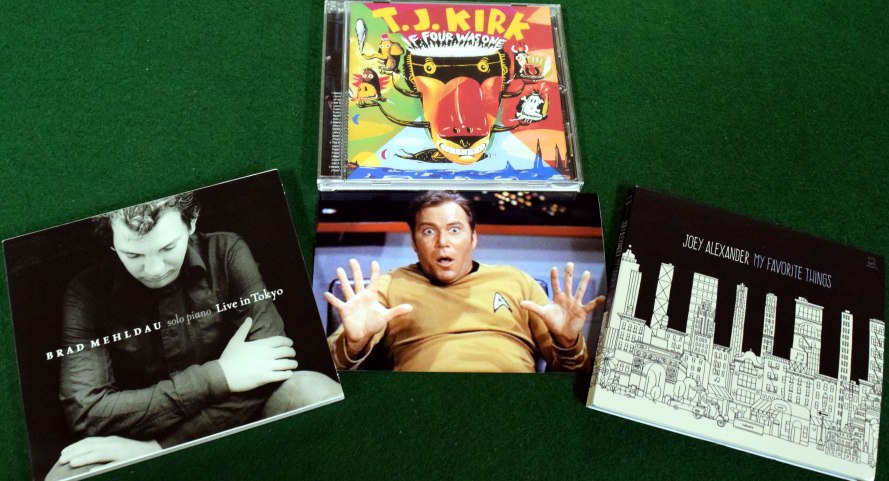
Captain James T. Kirk is shocked that John Coltrane is not included in the picture. I purchased a Hi-Resolution download of the album.
For the first four weeks we visited modern jazz from a cornerstone of jazz music, one of the many seminal records of a jazz legend, the origins of thrash guitar, tucked inside a box of Latin inspired jazz fusion, and I avoided any further legal action from Mike Stern (but I am still waiting for a call from Metallica’s legal team). All in all, this project seems to be progressing exactly as planned.
If you are just joining us, or want to go back and revisit the earlier posts, here are, Jazz and the Sound of My Summer and, The Summer Jazz Project: Tyner to Monk.
T.J. Kirk – “If Four Was One”
So the first thing I learned is that T.J. Kirk is not a human, but a group of them; three guitarists and a drummer, actually. The name T.J. Kirk derived from the names of the three artists the quartet covers: Thelonious Monk, James Brown, and Rahsaan Roland Kirk. According to the AllMusic biography, they settled on T.J. Kirk after Gene Roddenberry’s estate wouldn’t let them use the name James T. Kirk. This is important to me for two reasons. 1) Well, Star Trek. 2) It shows an irreverent sense of humor that ends up percolating through the music as well. That is not to say this is a novelty jazz record, because it is not by any stretch of the imagination, nor are the musicians any less than superb (Scott Amendola and Charlie Hunter are two of the members – more on Charlie Hunter in a later post), but in a genre I feel stricken with pretension and general snootiness, it’s nice to see a group of musicians turn that on its ear with a friendly dose of funk and fun. My friend who recommended this record, found it himself in a roundabout way. He learned about Charlie Hunter through his stint with The Disposable Heroes of HipHoprasy. That recording led him to T.J. Kirk, which led him to Rahsaan Roland Kirk. I really loved hearing this story and enjoy talking to people about music and this very type of thing. I’ve always appreciated the communities that form and cross-pollinate the recordings in certain genre’s of music and if you take the time to listen and read the liner notes (they do exist kids, you just don’t get ’em with digital downloads), there are all sorts of rabbit holes and connections for you to explore if you are willing. By working backwards through a musician or bands interests, or following a musician across bands they’ve played in, you can learn a great deal about the music and its history, as well as gain better understand the context of the recording.
Choice Cuts:
“Brake’s Sake” – T.J. Kirk takes the already hot Thelonious Monk tune and makes it piping with a funk back beat and some guitar work that, while decidedly jazz in tone, has an early 60’s surf vibe to it. What is fascinating to me is how different this song sounds, yet when you listen to the original, the essence and melody are unconditionally prevalent throughout. It’s a genuinely original take on a classic. As with any cover, and something that’s been enjoyable but time-consuming for me during this project, it’s hard to understand the impact until you learn the history. Without knowing the original, it’s difficult to appreciate the revision. I fell into this when I first listened to the record. I had no perspective of the ground from which this grew. As I went back and listened to the originals, my appreciation for this record grew. Unfortunately, there is nothing online that I can link to for you to get a preview of the T.J. Kirk version of the song. Thanks to Mike Stern, I am gun shy about uploading anything myself, so you will have go out and find the record. It’s certainly worth finding somewhere you can listen; hell, call me and I will play over the phone for you, just like in eighth grade. Interim, I put the original composition on this post for your enjoyment.
“Get on the Good Foot/Rockhard in a Funky Place” – Just in case doing jazz interpretations of James Brown songs isn’t cool enough, you can always append it with a Prince cover. That’s exactly what T.J. Kirk did on this jazz/jam/funk romp, romp (intentionally used twice). Listening to both originals, you catch the similarities in rhythm and structure. The recognition that both songs, as a pairing, was worthy of spinning into their own composition makes me respect what T.J. Kirk were doing. Again, I have provided the originals. You are going to have to do the rest on your own.
Joey Alexander – “My Favorite Things”
According to his website, Joey Alexander won the Master-Jam Fest, played in the Rose Hall at Lincoln Center by invitation from Wynton Marsalis, and released this album, which ended up nominated for two Grammy’s. Oh, and he was 11 years old by that time all that happened! When I was eleven, I’d just started to figure out masturbation.
This was my dad’s pick for this project. I was pleasantly surprised that he was willing to take part, yet also a bit skeptical as I didn’t know him to be a fan of jazz music. When his name was drawn and he remarked that he’d heard about this kid and wrote it down somewhere, my pretentious heart sunk a little. I figured I was going to spend a week listening to a novelty. I want to be very clear here, I am sharing that bit of truth to expose my ignorance and preconceived ideas of what someone can do. Shame on me. Double shame on me, because there a stories in rock music of younger musicians excelling at their craft. At fourteen, Jimmy Page was a sought after session musician. Betty Wright recorded her first record at fourteen (which makes for some uncomfortable listening at times, once you know this). I still don’t understand why that’s o.k. in my mind, but this was not. I think about Keith Richards, responding to criticism that they are too old to play rock and roll. His response was basically that Blues musicians get more respect as they get older, Rock musicians get less and that it made no sense. Rock and Roll has always been a genre associated with youth. Good Blues music is perceived to come from experience. I think Jazz suffers from the same false perceptions as the Blues. Good is good and comprehension and interpretation are key. Listening to this record is a reminder to keep my mind and ears open, because I would have missed out had I not.
Choice Cuts:
“‘Round Midnight” – This cover of Thelonious Monk will also show up in a later post, which is in small part a reason I picked it. The other is that it is very good. It was his performance of this song at Jazz at the Lincoln Center that helped him garner a broader audience and the well deserved respect he has. I have included the clip below. As you watch and listen, try to forget that he was ten. When you are done listening, remind yourself that he was, then let it all sink in.
“Somewhere Over the Rainbow” – I am a complete and unabashed sucker for this song. It’s melancholy and gorgeous. It has been and always will be. Joey Alexander serves it up with both of those garnishes. this is a refined and emotional rendition. That’s about all that needs to be said. You can hear the rest.
John Coltrane – “Olé Coltrane”
I feel like this album helped me swim beyond the buoys. It is 36 minutes of deep, deep water. Coltrane was in the midst of exploring Modal Jazz, which as I understand it is highly improvisations and focuses on scales instead of chords, subsequently relying more on the artists emotional, rhythmic, and melodic interpretation of the song. I also refer to it as, “the point where I get lost and disinterested.” When I was speaking to my friend who recommended McCoy Tyner, I made mention that some sections of the album were too “riffy” for me. To be fair, I have felt the same way about jam bands for years. To paraphrase comedian David Cross in a Mr. Show sketch, if I wanted to watch somebody dick around on guitar, I would go to my friends’ house.
This album may have changed that. I cannot yet put my finger on why, but it has. Maybe the tracks are just so much more interesting than the other Modal Jazz records I have listened to previously (I’ve never been a big fan of Kind of Blue), maybe I am growing as a Jazz fan (hopefully), or maybe it I am faking it (possibly, but doubtful). I do believe that the ideas that originated in Bop and Hard Bop, which seeded the concepts and explorations in Modal Jazz, are in fact a representation of why jazz gets an undoubtedly bad reputation for being a snooty and pretentious music. These artists are genuinely doing their own thing. They’re in their own rabbit hole musically, burrowing into and deep below the theory of music, trying to find their own groove. You can join them if you want, but they aren’t going to make it easy just so you can tag along. The ideas around Modal Jazz can’t be summed up by Wikipedia. The concept requires some work to go back and at least get a base understanding of chords and scales. Until you do, you are likely going to be a bit of an outsider to it all. You have to be willing to take the time, to patiently explore, and keep going even when you bump into a wall.
I can’t say I am anywhere close yet, but I feel more comfortable swimming in deeper waters.
Choice Cuts:
“Olé” – So it’s actually just one choice cut, but Olé is the entire A side of the album. Clocking in at 18 minutes, you might have to pack a snack when you put on this record. There is so much going on with this track that it is hard to take it all in for the first few listens. I listened casually to this record a couple of times before I had the chance to really focus on it and I enjoyed it well enough, but it was predominately background noise (as often is the case when you multi-task). The first time a sat down, put brain-blinders on and let it all in, I was floored and drooling from the corner of my mouth.
“Olé is messing with my fucking brain!” was the first mental note that came out of that session. Yes, there is an underlying, unchanging rhythm throughout the cut that provides a canvas for the musicians to work with. McCoy Tyner’s (yep, same dude as week one) piano helps provide a home base as well. It almost seems he is the ground for the melody. But then you have instruments coming into the foreground, fading back into the shadows, and popping in and out as needed. Just as you get comfortable with one section, they change it up completely. I can’t confirm what is reported as Coltrane’s fascination with Spanish music being present because I am not familiar with the style aside from what I read, but you feel like you are traveling a globe of sounds throughout the entire song.
“Ole’ is like listening to science fiction. It is mind jarring, frenetic, beautiful, and captivating. All at the same time.”
There are two bassists on the song! TWO BASSISTS! Put on your seat belt at the 11:00 minute mark, because the ride going to get interesting. Reggie Workman and Art Davis share bass responsibilities; one plucking the bass and the other (I believe it’s Davis) using a bow. It’s exotic and experimental. Coltrane follows with this saxophone section that is rife with tension, building to a climax that feels at home with the bathtub scene in Fear and Loathing in Las Vegas, until it settles back down, mellows out, and circles back to the beginning melody. It’s theory, exploration, emotion, and art.
Brad Mehldau – “Live in Tokyo”
A live solo outing from a pianist I’ve never heard of. I am not a big fan of live recordings. Very rarely do they truly capture the energy of a band’s live act, or the sound is not as good as it would’ve been had you been there in the moment. In my opinion, more often than not, the upsides of going to a concert become downsides when you try to capture it on tape (or in ones and zeros). Mind you, this is coming from a rock and roll perspective. I understand comparing live Jazz recordings to live Rock recordings is not really apples to apples, that jazz is a “live” music. A good chunk of the seminal albums in the genre are live recordings, but this is what my brain was up against when I received this recommendation. The notion was quickly shattered.
Brad Mehldau has been recording since the 90’s, largely with a trio. I have no experience with his earlier work, but after reading about him, it seems he has a very philosophical approach. The bio on his website mentions that he is an improviser at heart, but also is very intrigued by the, “formal architecture of music.” I feel like this record represents all of those descriptors. It is at once a formal recital, but also feel playful and exploratory; he covers Radiohead (quite well), for example. This recording ends up being the antithesis for my ideas about a live record. It sounds phenomenal, captures the energy and emotion of the artist, and pulls you into the performance. All the upsides of going to see live music.
Choice Cuts:
“Things Behind the Sun” – This cover of the somber, emotional Nick Drake song, begins with a trickle of notes that echo and resonate in waves. It’s almost as if they were taking you back to another place or deep inside the psyche of the musician. The bass line of the piano results in a drive to this version that is more ominous and less reflective than the original version, but Brad also delivers more optimism in the melody, reminding us that there is always hope even if Nick Drake could never find it (after an ongoing battle with severe depression, he committed suicide two years after the release of the album that features this song). As I listened to the original and this back to back, I noticed that Brad uses the melody of this right hand to represent the pace and phrasing of Nick’s lyric’s. Pretty amazing. I am notorious for looking into things further than they should, but I would swear the way Mehldau meanders off the melody to end the song with no real closure is a tribute to Nick Drake and the way he faded away in front of everyone’s eyes.
“Monk’s Dream” – On a much lighter note, this playful interpretation of the Thelonious Monk song will bring a smile. In this version, I swear that I hear him sprinkle in bits of Linus and Lucy, by Vince Guaraldi. That could be the improvisation that his bio speaks of, or maybe it’s just me. This song stays true to the original, if not a tad more lighthearted. It’s all over the place, in a good way. Maybe it’s Brad’s dream as well?
Next post, I will share my thoughts on Miles Davis, I won’t take any bullshit from the No BS Brass Band, I’ll go Inside Out with Keith Jarrett (and hope I don’t cough while listening), and one more that is yet to be determined.
Roll well. Groove on.
Categories: Life and General Ramblings, Music
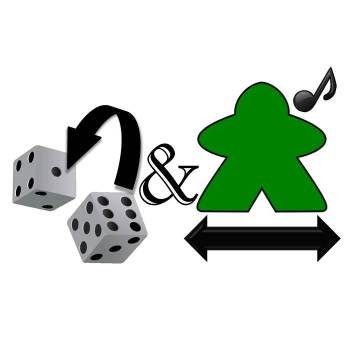
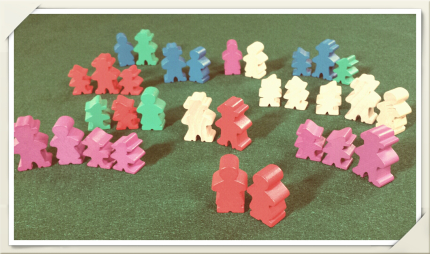
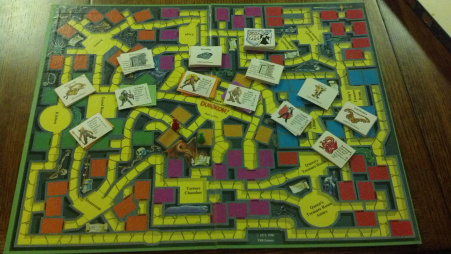
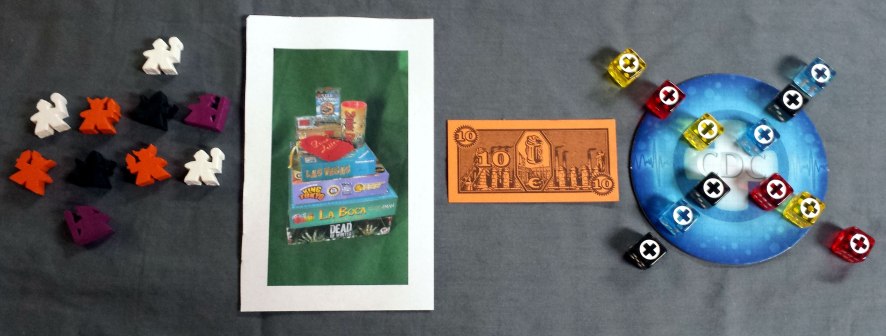
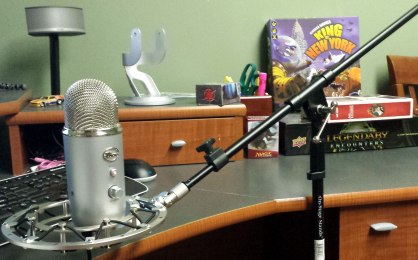
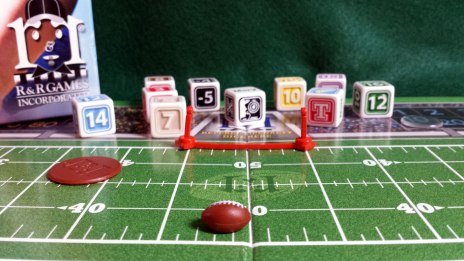
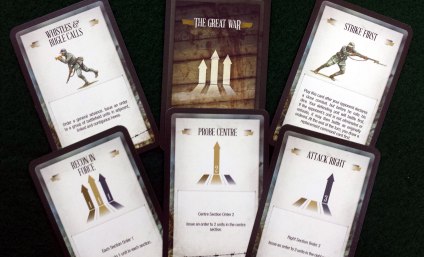
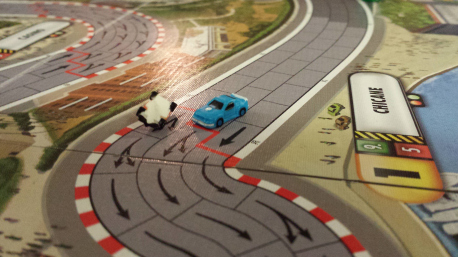

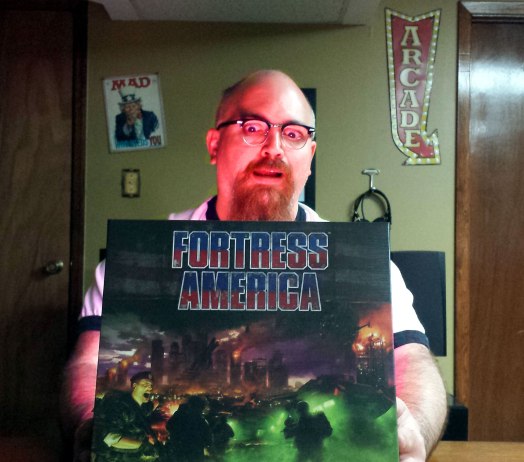
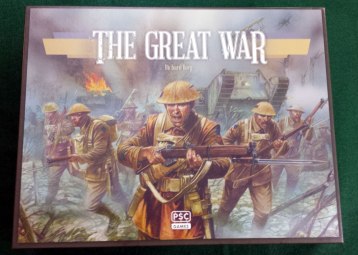

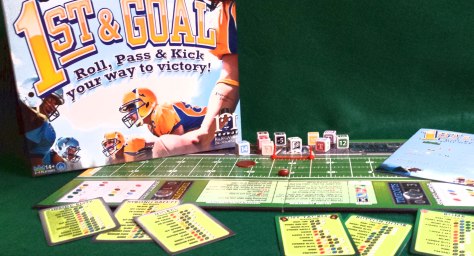
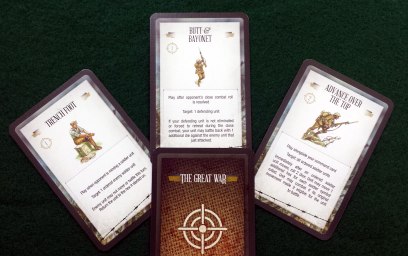
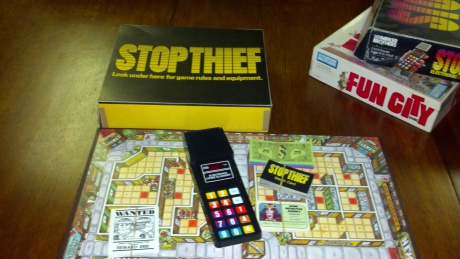
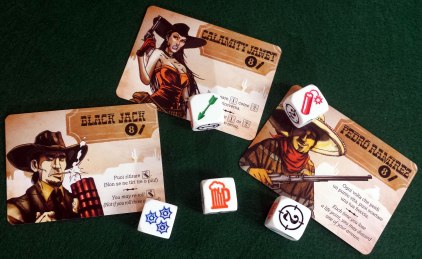
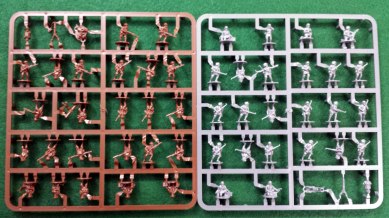
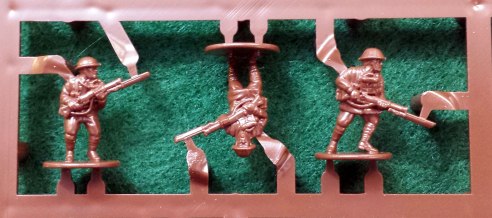
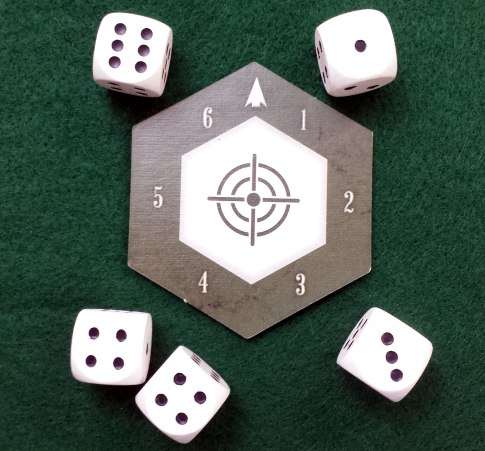
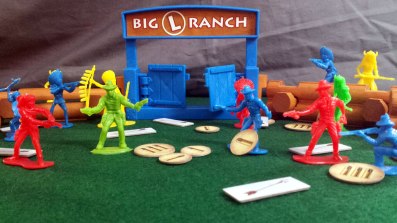
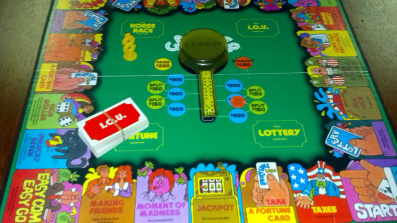

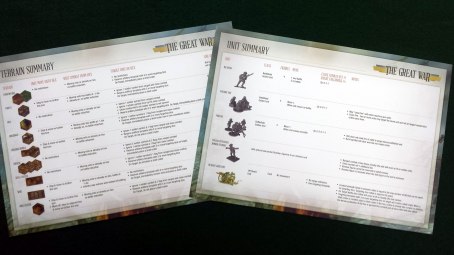
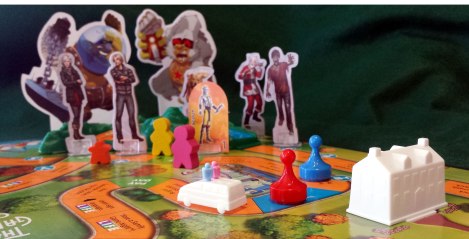
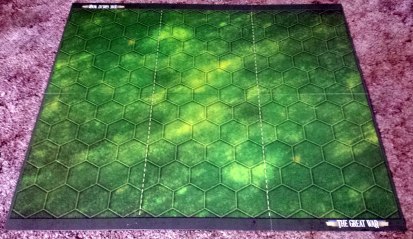

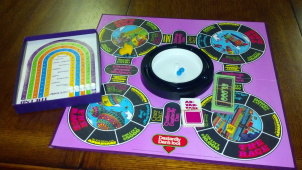

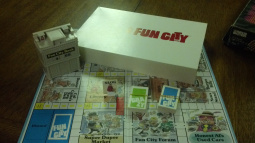
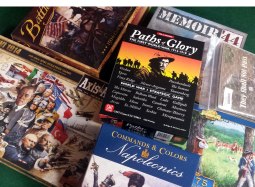
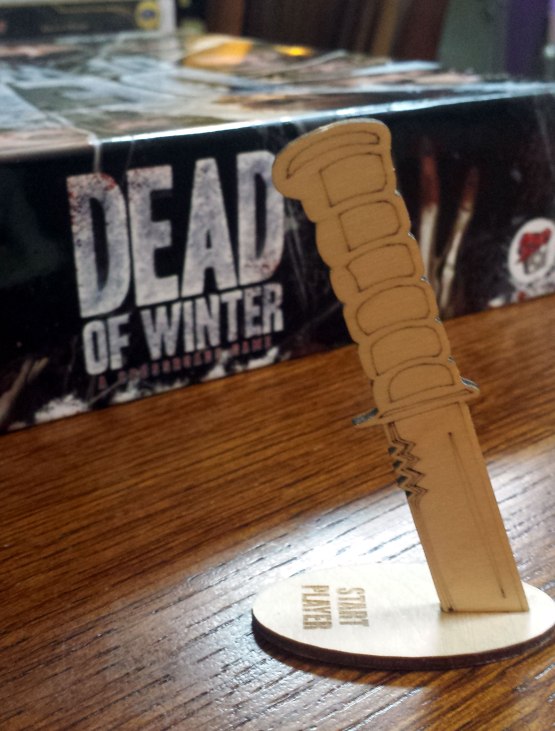



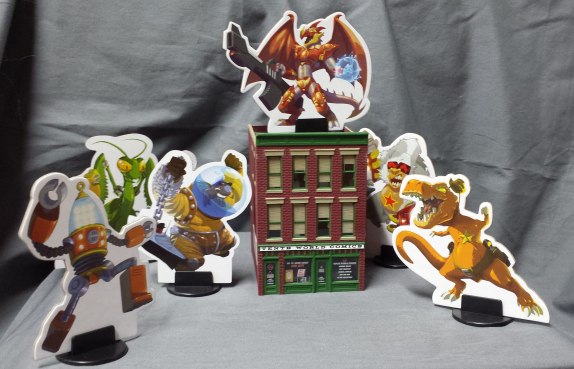
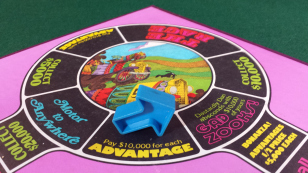
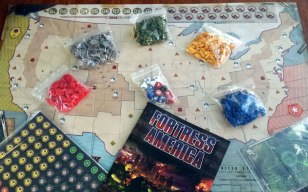
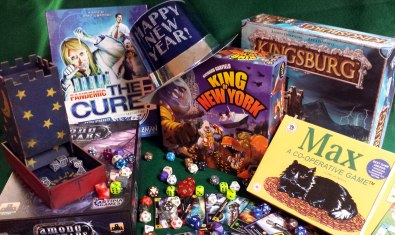
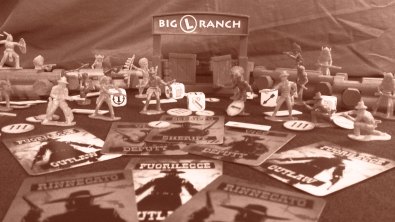
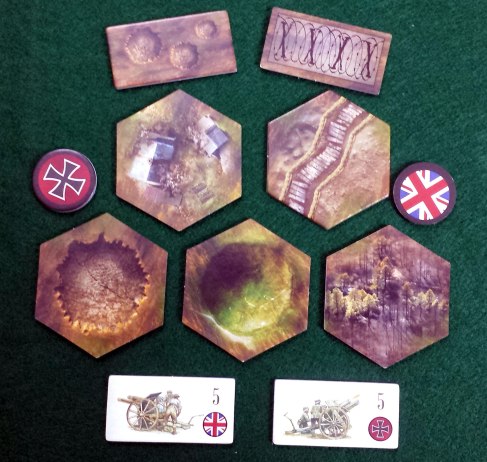
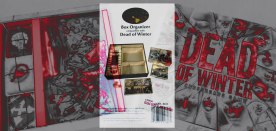
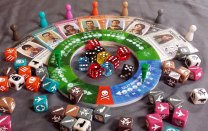
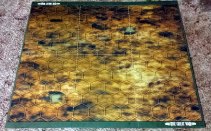

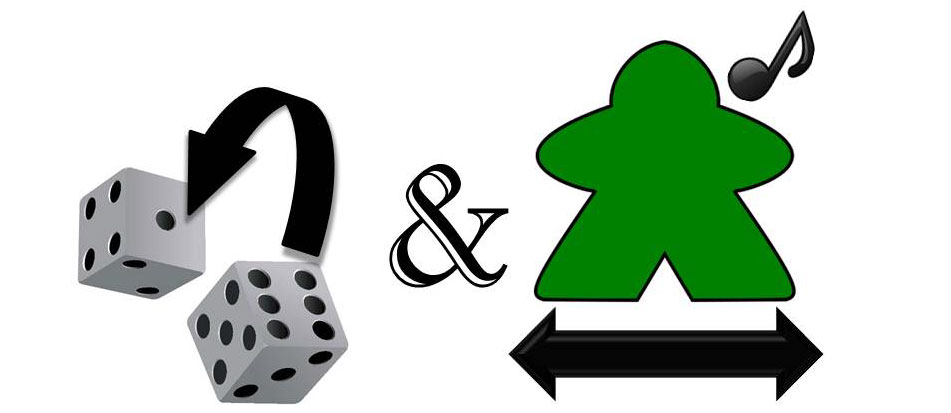
1 reply »